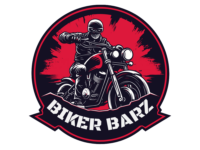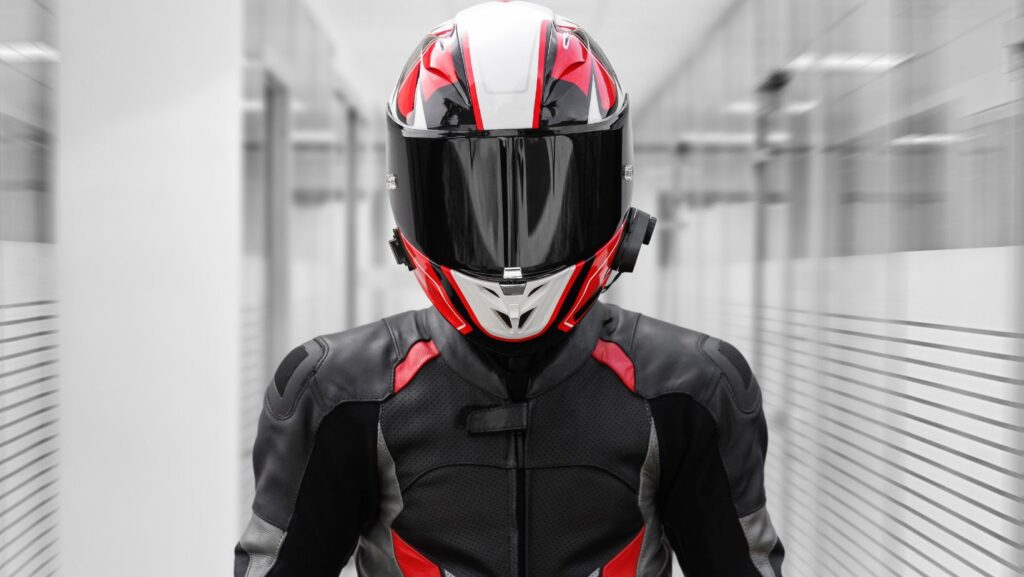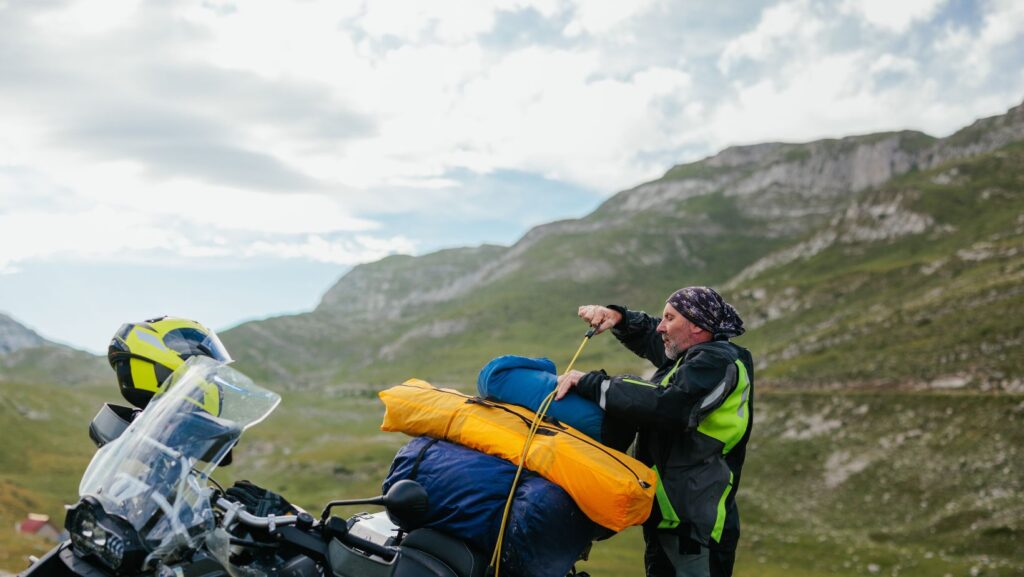Riding a motorcycle isn’t just about feeling the wind on your face and the sense of freedom that comes with the open road—it’s also about safety. Every rider knows that the right gear is as crucial as the bike itself. From helmets to boots, the choices you make can significantly impact both your comfort and your safety.
Motorcycle Gear Essentials
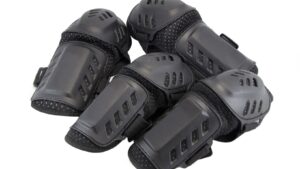 Following the introduction’s focus on the crucial role of safety and the selection of appropriate gear for motorcycle riding, this section dives deeper into the specific essentials of motorcycle gear. It aims to provide a clear understanding of why each piece of gear is vital and what types should be considered mandatory for every rider.
Following the introduction’s focus on the crucial role of safety and the selection of appropriate gear for motorcycle riding, this section dives deeper into the specific essentials of motorcycle gear. It aims to provide a clear understanding of why each piece of gear is vital and what types should be considered mandatory for every rider.
Safety gear acts as a rider’s first line of defense against injuries. Helmets, for instance, are proven lifesavers, reducing the risk of head injuries by 69%. Jackets, gloves, pants, and boots also play significant roles in protecting from abrasions and impacts. Riding without this gear greatly increases the risk of severe injury in accidents, making it indispensable for all motorcycle enthusiasts.
Overview of Essential Gear Types
Motorcycle gear encompasses various items, each serving a specific protective function. Helmets are the most critical, offering crucial head protection. Jackets and pants, ideally made from leather or advanced synthetic materials, shield against road rash. Gloves protect hands during falls and improve grip, while boots keep feet and ankles secure against impacts. These gear types form a protective ensemble that every rider should wear.
Protective Clothing Options
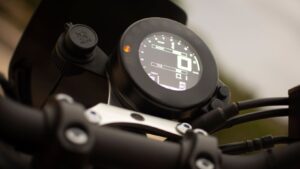 Building on the essentials of motorcycle gear, this section explores the specifics of protective clothing, which forms a crucial barrier against elements and hazards encountered during a ride. Let’s delve into the materials and the necessity of an accurate fit for jackets and pants.
Building on the essentials of motorcycle gear, this section explores the specifics of protective clothing, which forms a crucial barrier against elements and hazards encountered during a ride. Let’s delve into the materials and the necessity of an accurate fit for jackets and pants.
Motorcycle jackets and pants are manufactured using materials that prioritize durability and safety. Leather, known for its abrasion resistance and durability, remains a top choice for riders seeking maximum protection. Alternatively, textiles like Kevlar and Cordura offer flexibility and improved airflow while also providing significant resistance against tears and abrasions. Riders should select materials based on their specific riding conditions. Weather considerations play a pivotal role—if rain or cold is a frequent challenge, opting for waterproof and thermal-lined options enhances comfort and protection.
Gloves and Footwear
Selecting the right gloves and footwear is crucial for motorcycle riders, enhancing grip and foot protection. These components are vital for safety and comfort during rides.
Choosing the Right Gloves
When picking motorcycle gloves, riders must consider material, grip, and weather compatibility. Gloves made from leather or synthetic materials like Kevlar offer excellent abrasion resistance. They should fit snugly but not restrict movement, and padded areas provide extra protection for the palms and fingers. Additionally, waterproof or thermal gloves are beneficial for adverse weather conditions, ensuring the rider’s hands remain dry and warm, thereby maintaining control of the motorcycle.
Maintenance Tips for Motorcycle Gear
Maintaining motorcycle gear is crucial for ensuring safety and maximizing its longevity. Proper care involves regular cleaning, appropriate storage, and timely replacement of any worn-out items.
Cleaning and Storing Gear
 Cleaning motorcycle gear regularly helps eliminate dirt and road grime that can degrade materials over time. Leather gear requires special conditioners to keep it supple, while textile pieces benefit from gentle, water-based cleansers. After cleaning, storing gear in a cool, dry place away from direct sunlight prevents degradation. Motorcycle helmets should be air-dried after use to prevent moisture build-up, which could damage the inner lining.
Cleaning motorcycle gear regularly helps eliminate dirt and road grime that can degrade materials over time. Leather gear requires special conditioners to keep it supple, while textile pieces benefit from gentle, water-based cleansers. After cleaning, storing gear in a cool, dry place away from direct sunlight prevents degradation. Motorcycle helmets should be air-dried after use to prevent moisture build-up, which could damage the inner lining.
Motorcycle gear needs replacement when it shows signs of wear or after an impact. Helmets typically have a usage lifespan of five years; however, they must be replaced immediately if dropped forcefully or involved in a crash. Jackets, pants, and boots with torn stitching or compromised protective pads also require replacement to ensure optimal protection. Regular inspections help riders identify wear early, maintaining protection at all times.
Final Thought
Equipping oneself with the right motorcycle gear is a fundamental step toward ensuring safety and comfort on every ride. From helmets that offer vital head protection to boots designed to safeguard feet and ankles every piece of gear holds significant importance. Riders are encouraged to invest in high-quality well-fitted gear that not only protects but also enhances the riding experience. By adhering to the guidelines and maintenance tips outlined riders can enjoy their journeys with the assurance that they are well-protected against the elements and potential hazards. Remember safety isn’t just a precaution—it’s a lifestyle.
